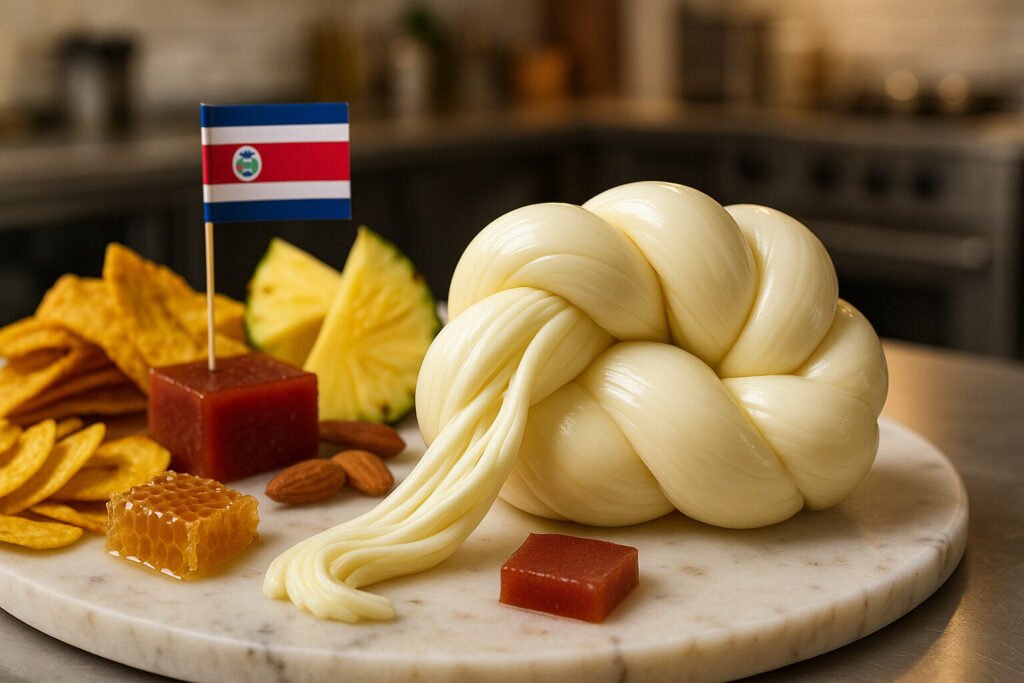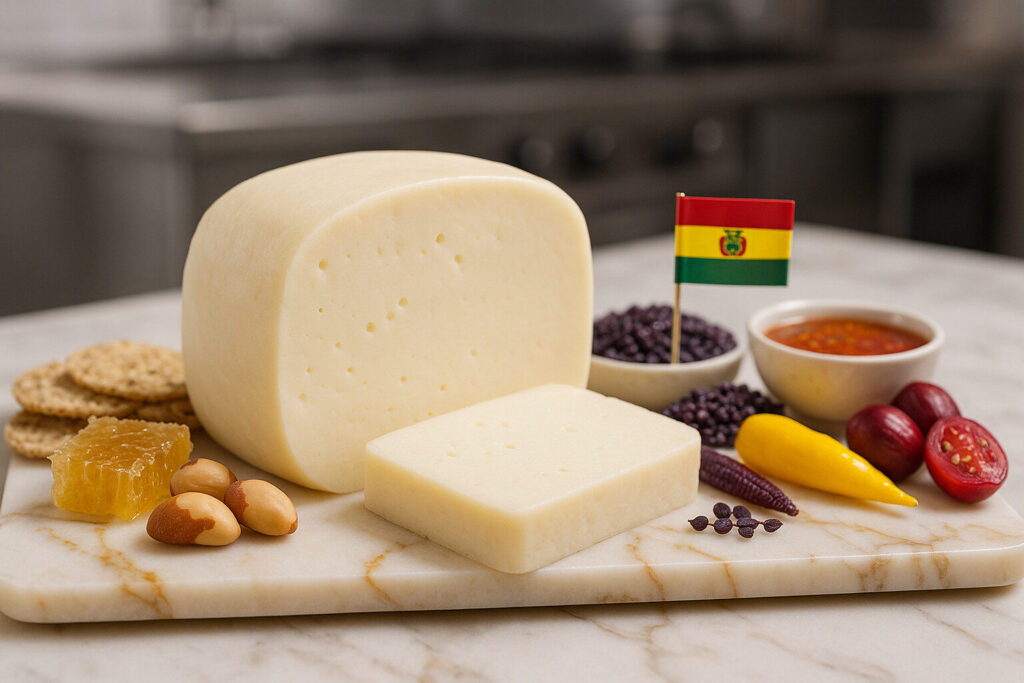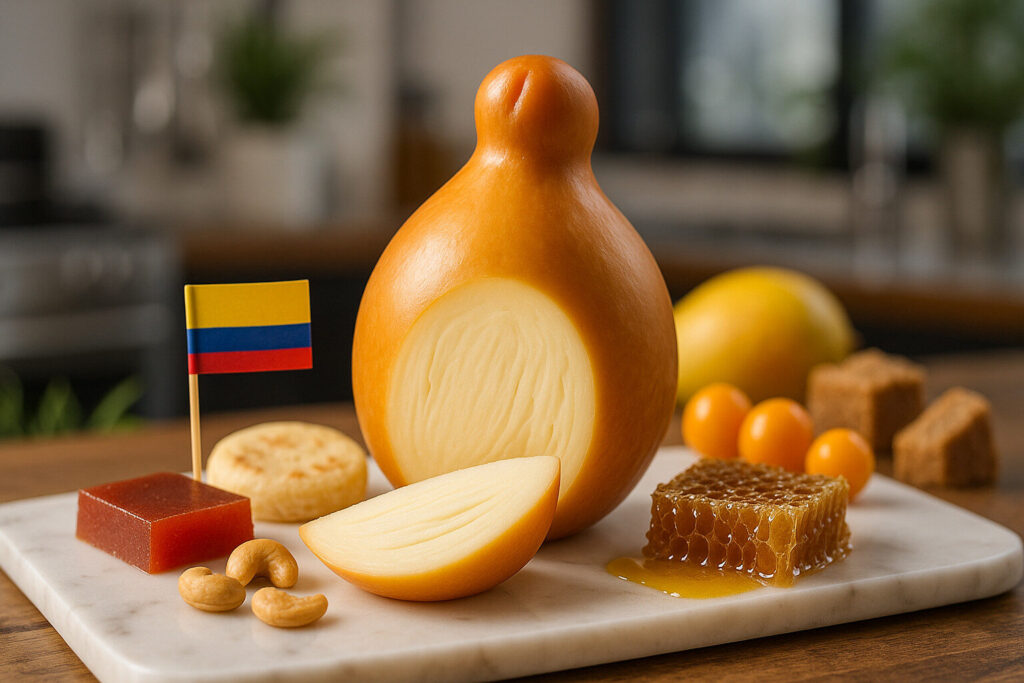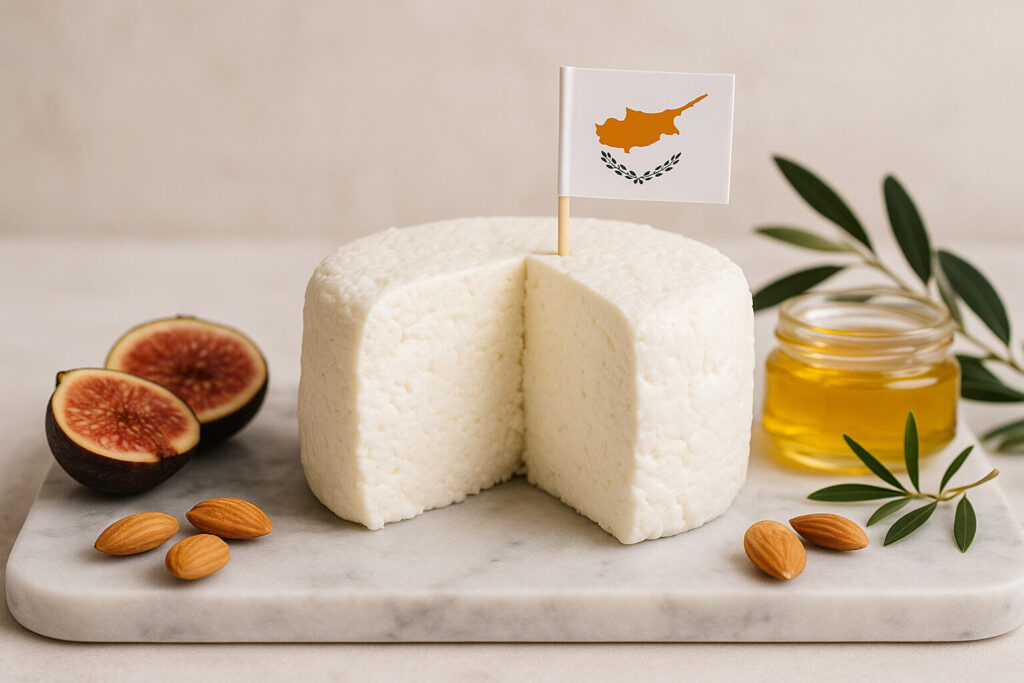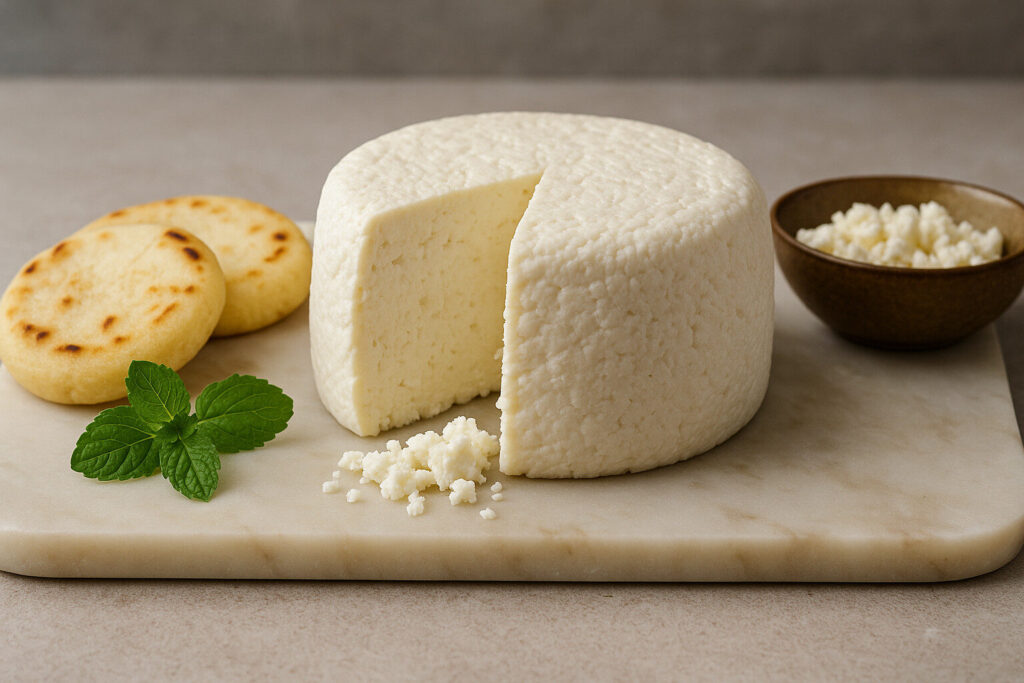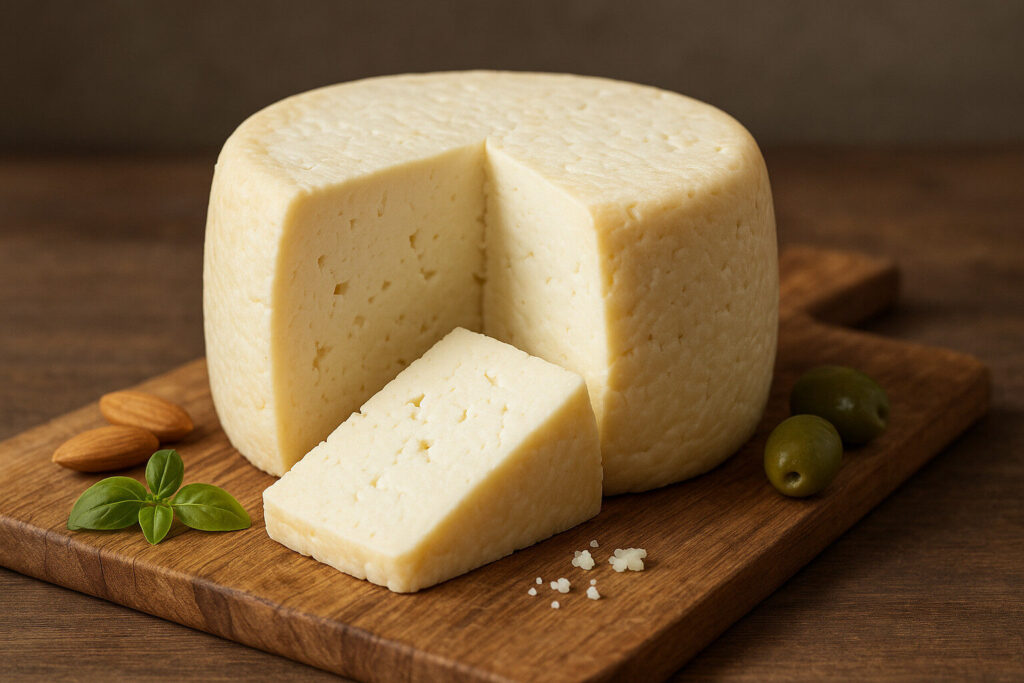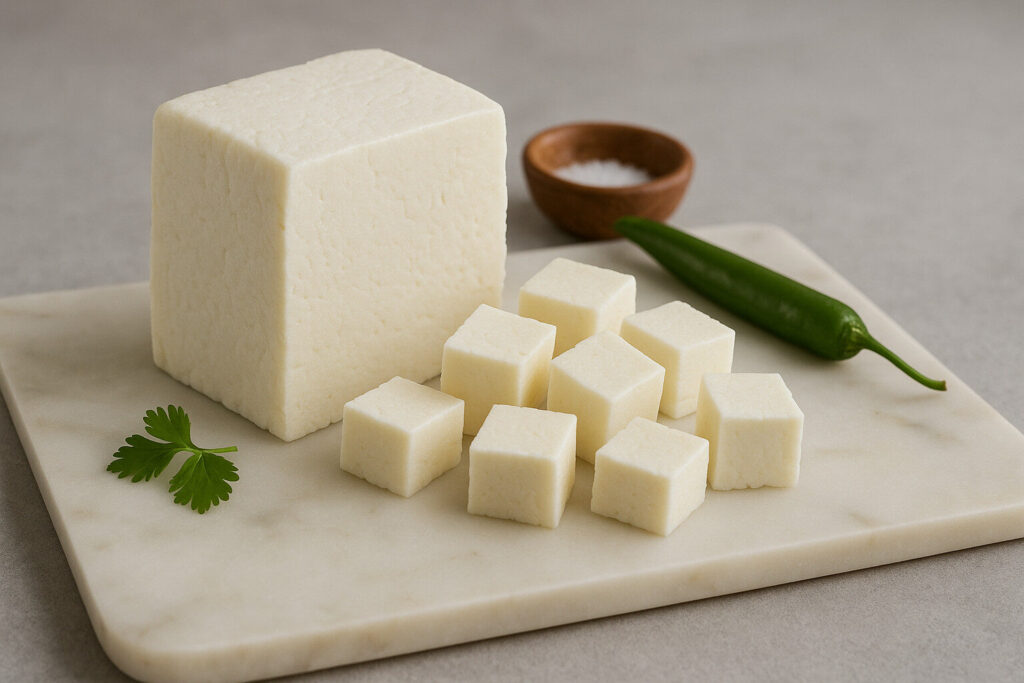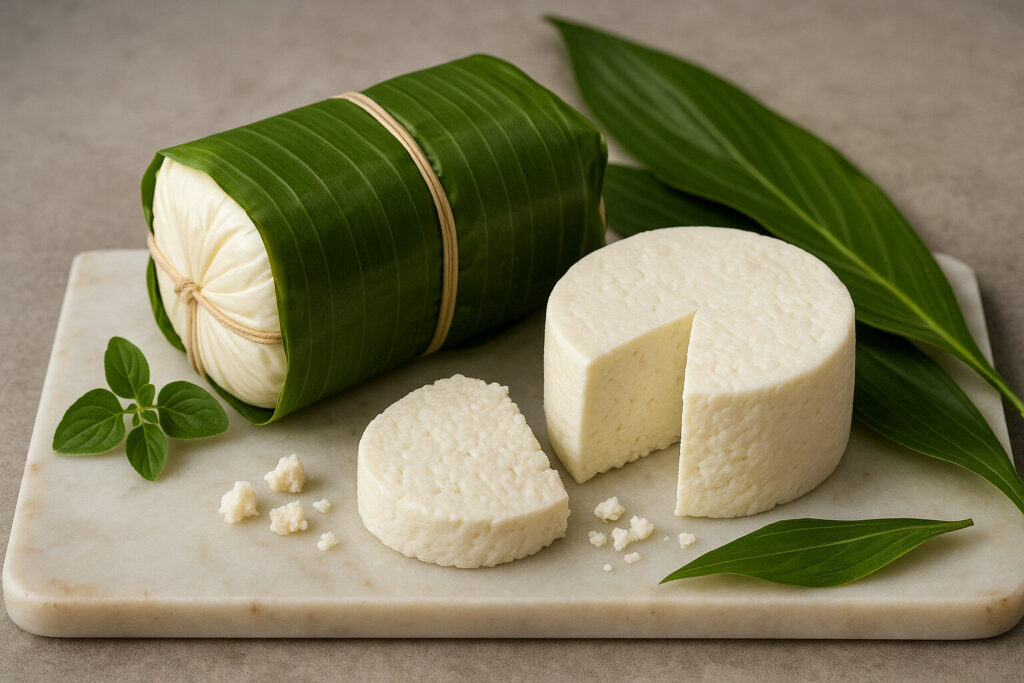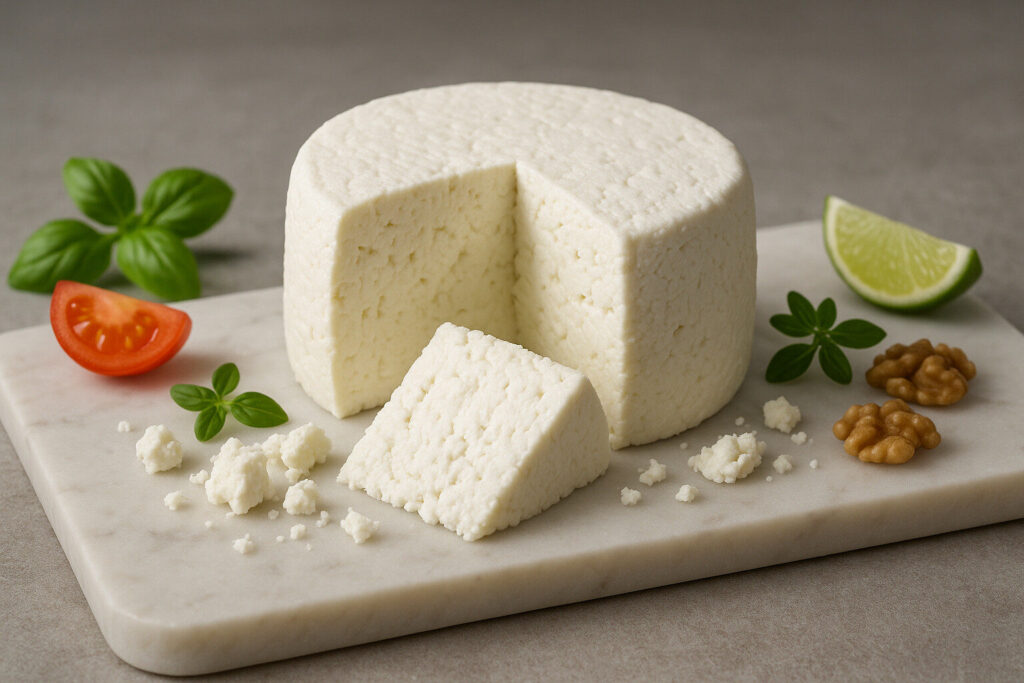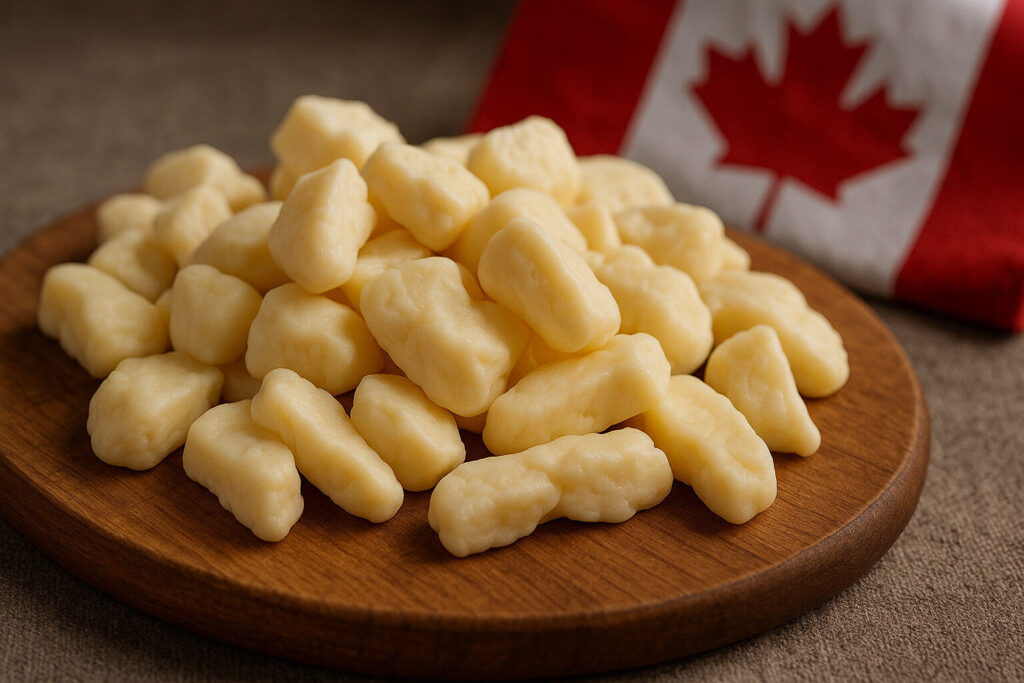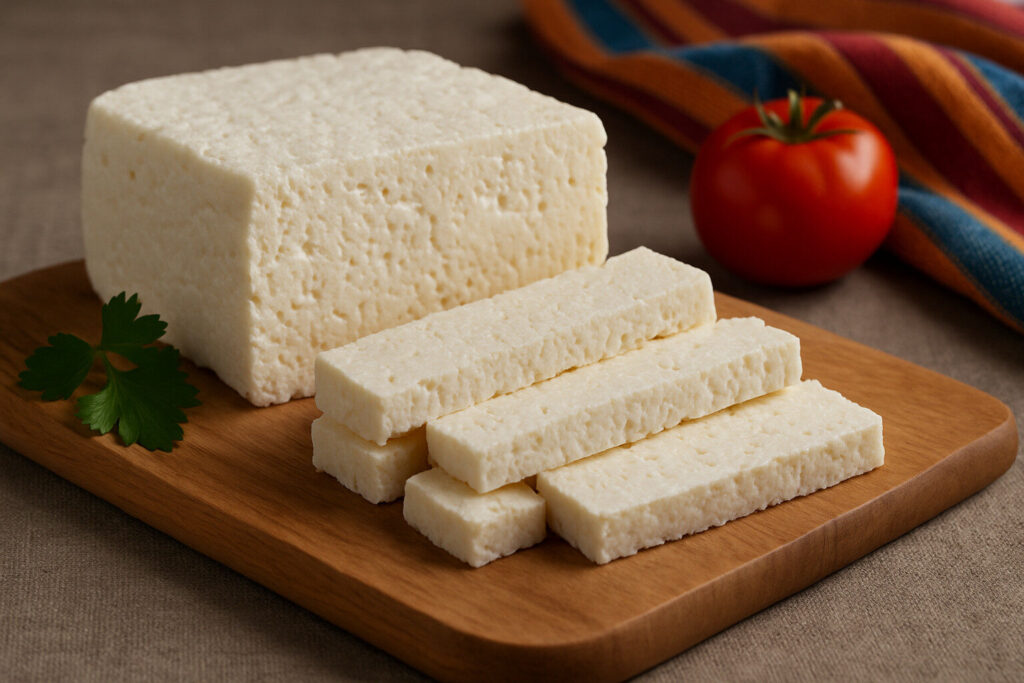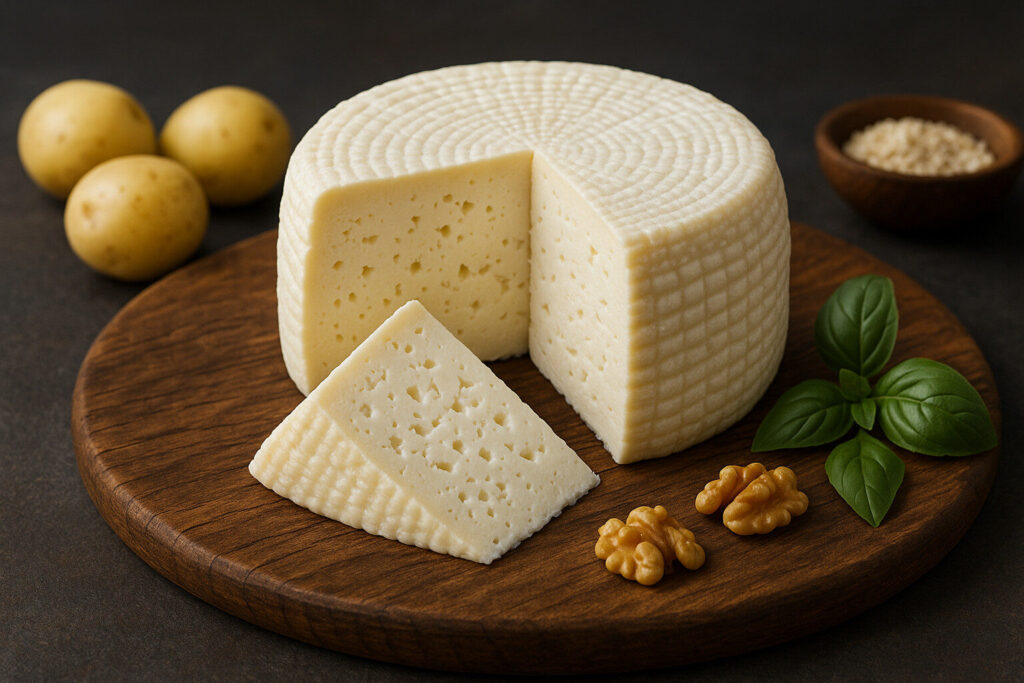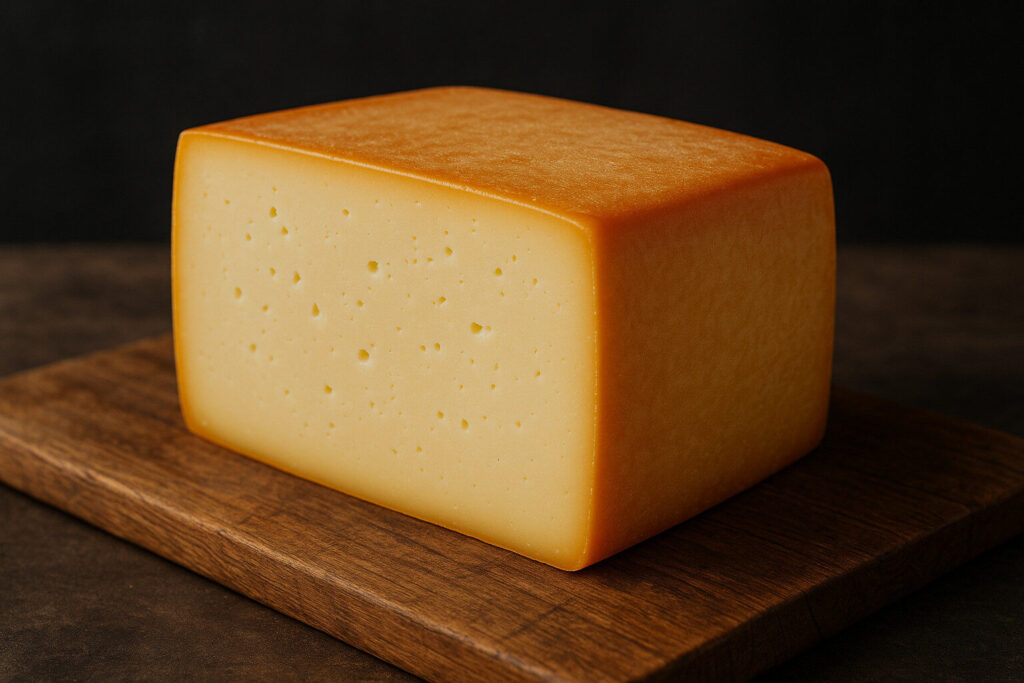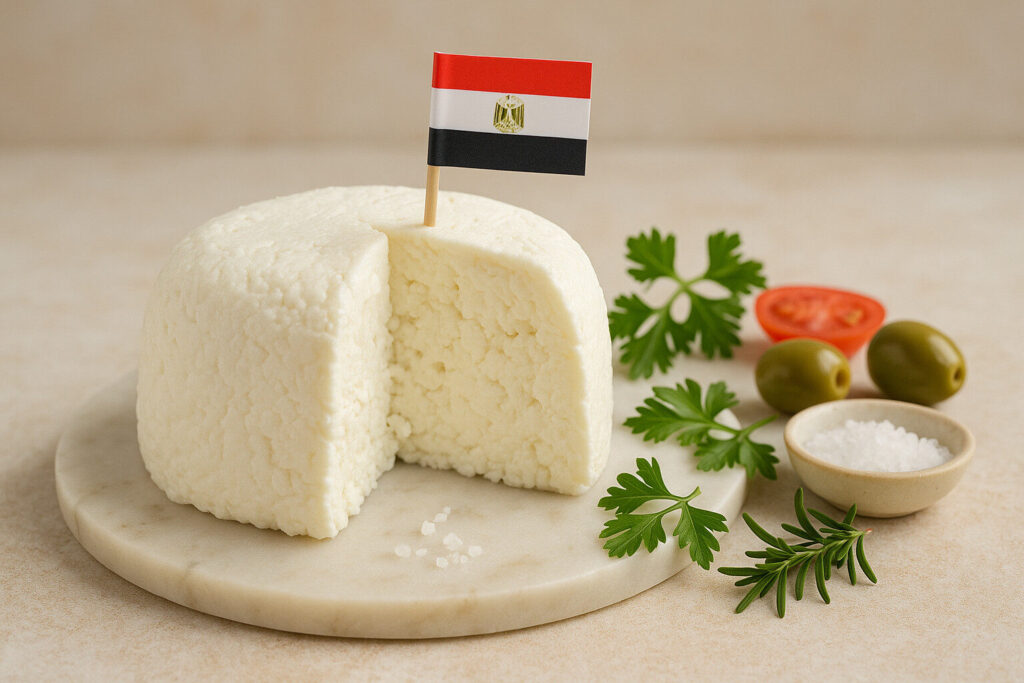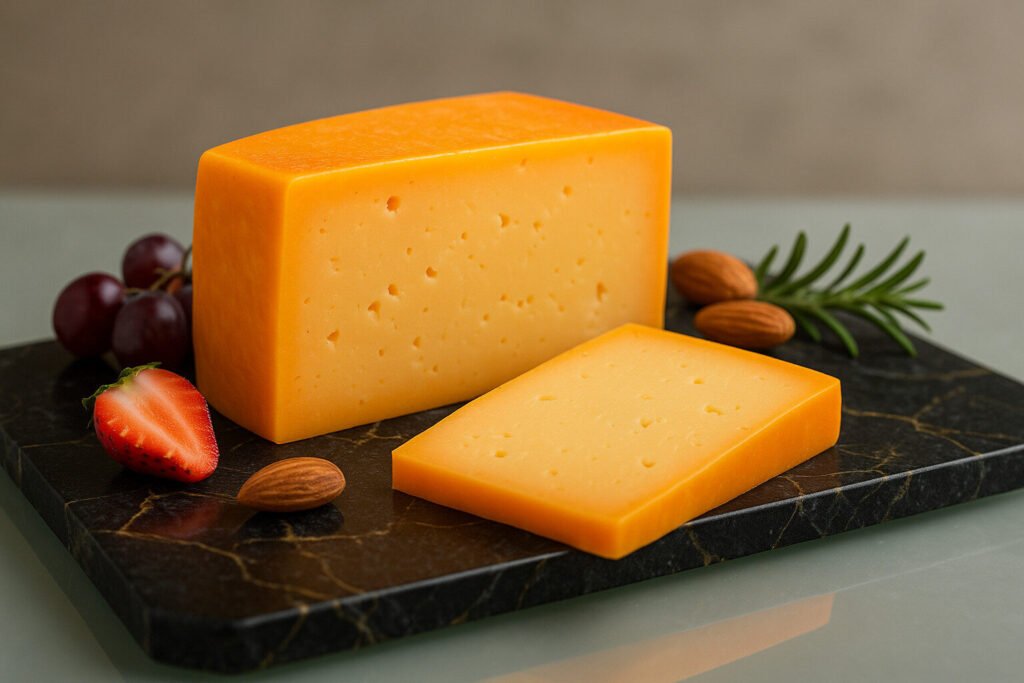Mild Cheese
Defining Mild Cheese
Mild cheese refers to varieties with a subtle, gentle flavor profile and low pungency. These cheeses typically exhibit minimal sharpness, bitterness, or acidity, making them approachable for a wide range of palates. They are often characterized by creamy, buttery, or milky notes without aggressive aromatic compounds.
The scope of mild cheeses spans fresh, soft-ripened, and semi-soft types, including young versions of aged cheeses. Examples encompass Mozzarella, young Gouda, Havarti, and fresh Chèvre. These cheeses generally have shorter aging periods, often less than three months, which limits the development of stronger flavors.
Production Techniques for Mildness
Mild cheeses are produced using methods that minimize flavor intensity development. This includes shorter aging times, typically under controlled cool temperatures and moderate humidity. The use of mesophilic starter cultures, which work at lower temperatures, helps maintain a delicate flavor profile without producing strong byproducts.
Additional techniques include careful control of moisture content and pH levels during manufacturing. Many mild cheeses undergo minimal pressing and may be consumed fresh without any aging period. The milk quality is crucial, with pasteurization often used to ensure consistency and prevent off-flavors from developing.
Sensory Characteristics
Mild cheeses present a soft, creamy texture that easily yields to pressure. Their aroma is typically clean and milky, without the ammonia or barnyard notes found in stronger varieties. The mouthfeel is often smooth and sometimes slightly springy, depending on the specific cheese type.
Flavor profiles feature dominant notes of sweet cream, fresh milk, and sometimes subtle saltiness. They lack the crystalline texture of aged cheeses and instead offer uniform consistency throughout. The finish is generally short and clean, without lingering sharpness or bitterness on the palate.
Culinary Applications
Mild cheeses serve as excellent melting cheeses for sandwiches, pizzas, and casseroles due to their high moisture content. Their subtle flavor makes them ideal for pairing with fruits, crackers, and light wines without overwhelming other ingredients. They work well in cold applications like salads and cheese boards where their gentle character complements rather than dominates.
These cheeses are particularly valuable in dishes where cheese provides texture and richness rather than strong flavor. They blend seamlessly into sauces, fillings, and baked goods while contributing creaminess. Their approachable nature makes them popular in children’s meals and for those new to cheese exploration.
Regional Examples
Italy produces several notable mild cheeses including fresh Mozzarella, known for its delicate milky flavor and elastic texture. Young Asiago and Bel Paese represent other Italian mild varieties that gain complexity with age but remain gentle when young. These cheeses often feature in antipasto platters and simple pasta dishes.
Northern European countries excel at mild cheese production, with Dutch Young Gouda and Danish Havarti being prime examples. French Tomme de Savoie and English Caerphilly offer mild options with regional character. American cream cheese and Monterey Jack demonstrate how mild cheeses have been adapted in New World cheesemaking traditions.



